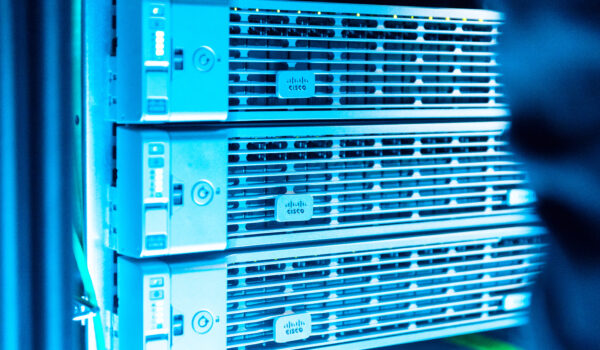Software-define your backup data center
Designing and implementing a secondary data center can be a complex and tedious task. There are various things that you should take into consideration, such as the distances between data centers, service advertisement, workload migration between data centers, stretched or non-stretched service implementation, building blocks (i.e. vendor limitations) etc. Additional challenges arise when you try to keep a consistent configuration across two different data centers. It is a technologically complex, tedious, and costly exercise.
Not necessary. NIL helps you answer all of these questions with an innovative approach to building a secondary data center. Our Software-Defined Data Center (SDDC) based solution is designed to provide you with maximum IT infrastructure availability, resiliency, and configuration consistency at affordable costs.

Business continuity for your critical processes
Our solution provides you with the following benefits:
- Cost-effective high-availability: our innovative solutions provide you with high-availability and business continuity at affordable prices.
- Tailored to you needs: the solution is feature-rich, yet customizable and can satisfy the requirements of businesses of all sizes and complexities.
- Consistent configuration and automated migration producers will ensure the best possible use of resources available in the data centers and provide operational services in case of a failover and/or service migration between data centers.
Solution features
Implementing a secondary data center with NIL is a consulting engagement that consists of two major components:
- Business requirements assessment with all of the relevant stakeholders. The exercise identifies the real business requirements that the solution is built on.
- Complete solution life cycle consisting of the solution design, implementation, knowledge transfer, support, and enhancement.
Real-life example
An example solution, which was designed based on real business requirements, enabled the customer to enhance their IT services availability, resiliency, disaster avoidance/recovery, and implement optimal resource usage at different data centers while still maintaining adequate data center infrastructure separation in order to perform data center specific maintenance tasks independently (e.g. virtualization infrastructure and software defined network upgrades in one data center that never affect the services in the adjacent data center).

Fiber Channel Network with active/active storage replication provide high performance storage resources and ensure data integrity.
VXLAN EVPN Multi-Site network provides an ability for an easy layer-3 and layer-2 network extension between data centers. Although this extension is easy to implement, it is only used when it is really necessary and required.
Active/Passive Firewalls provide perimeter security and optimal “north/south” traffic flows.
Virtualization infrastructure and Software-Defined Network (SDN) provide granular security with microsegmentation as well as advanced network services, such as load balancing and optimal “north/south” and “east/west” traffic flows.
Automation ensures consistent configuration across IT infrastructure in both data centers and automated services migration. Consistent configuration is automatically deployed on all solution components. Automated services migration enables disaster recovery as well as the optimal usage of physical resources in both data centers.